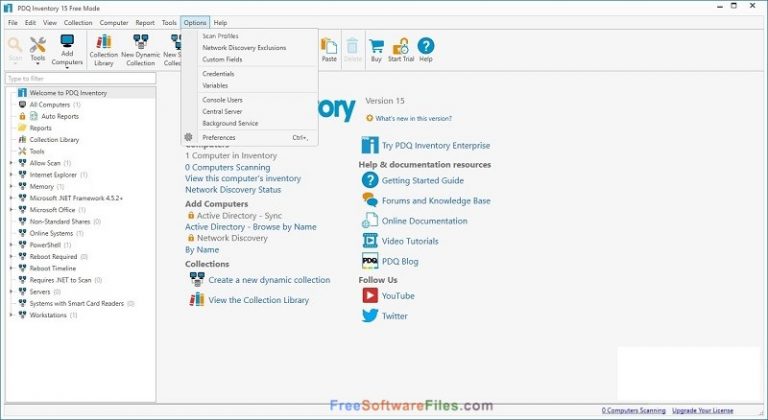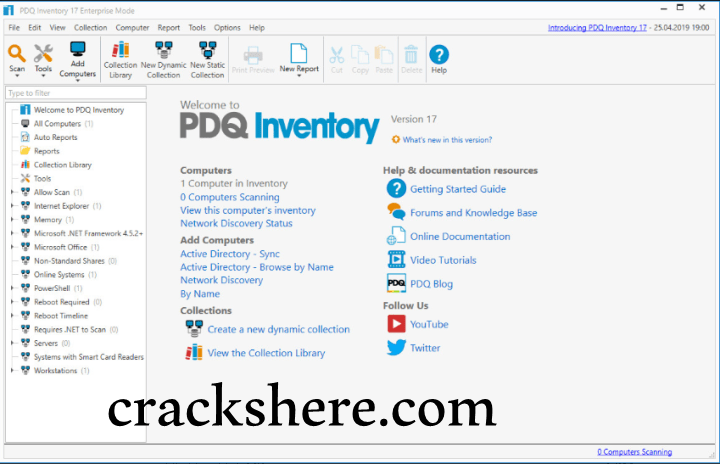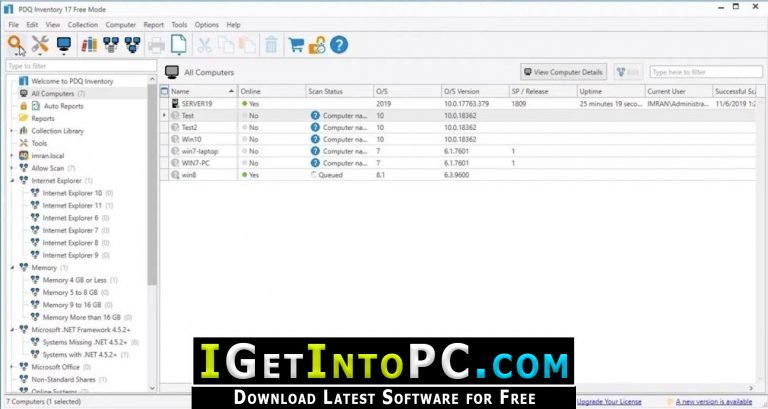

Continue to Part 2: Configuring Report Columns to configure the columns (data included) for the report. For details, see Custom Report Folders.ĥ. You can create custom report folders and move reports around. The new report is added to Reports on the main console tree. You can also close (and save) the report window to continue later. Īs you progress through the report configuration process, you should periodically save changes. For additional guidance, look at the descriptions of the prebuilt reports. Like the name, it’s important to provide a description that clearly explains the purpose of the report. (Optional) Include a description for the report. Use a name that explains the purpose of the report.ģ.

Ī new Report window opens with the Define Report button selected.


You can also manage aspects of reports on the main console. This window contains the report details, the Columns, Filters, and Auto Reports tabs where you specify basic report details, add the data you want in your report, set filtering options, and determine whether your reports are automatically run on a schedule (Enterprise mode required for Auto Reports). Enterprise mode is required to save changes to reports or create a new report from a collection.īasic Reports are created and edited in the Report window, using the Define Report button. In PDQ Inventory you can create custom reports to access specific information about the computers in the PDQ Inventory database.


 0 kommentar(er)
0 kommentar(er)
